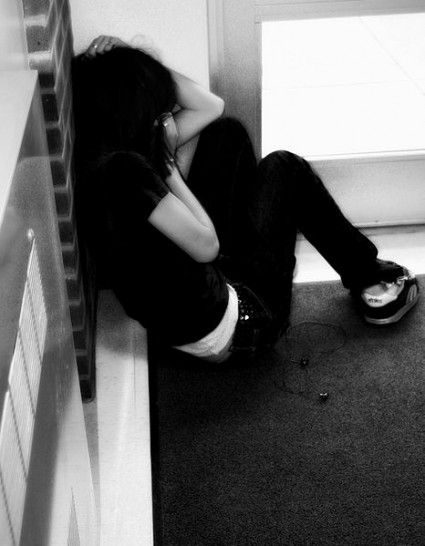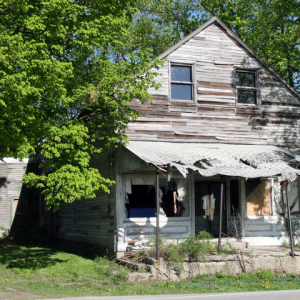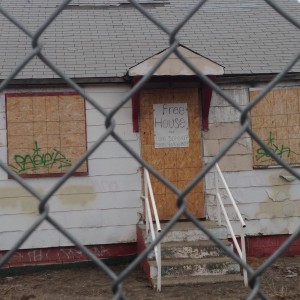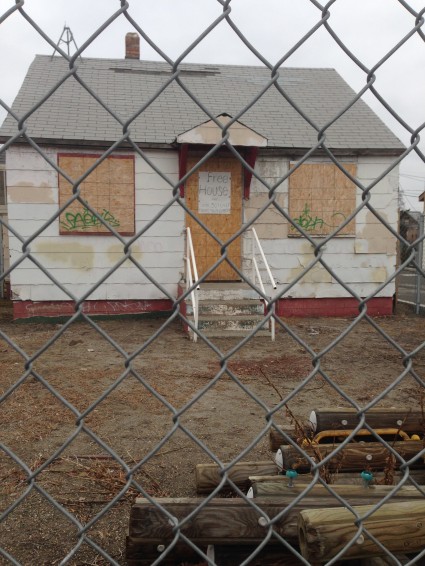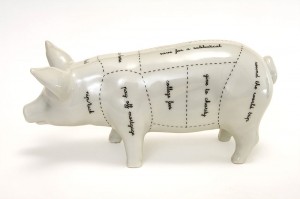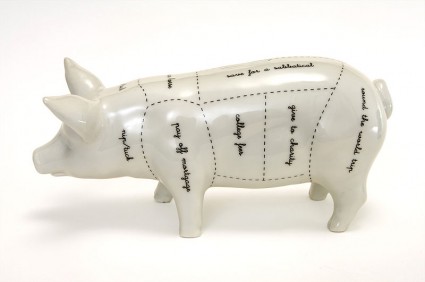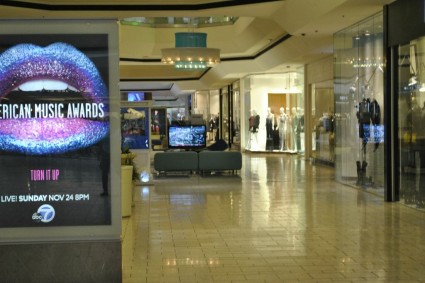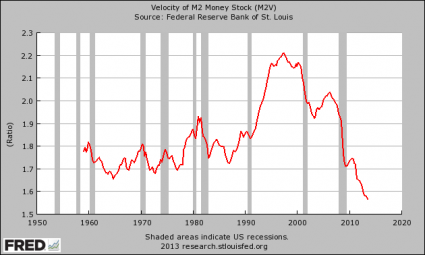 There are millions of American families that once lived very comfortable middle class lifestyles that have lost it all. When you are unemployed and you can’t find a decent job, it can crush your soul. Every day you can see the disappointment or the disapproval in the eyes of your family and friends, and it can be really easy to want to give up completely. And then there are always those that choose to actively vocalize their disdain for those that are down on their luck. But telling people “to get a job” or shaming them for being on welfare isn’t going to solve anything in an economy where there simply are not enough jobs for everyone. Only a small minority of welfare recipients are actually trying to abuse the system. Most people just want to work hard and take care of their families. Unfortunately, that is much harder to do than it was before the last financial crisis.
There are millions of American families that once lived very comfortable middle class lifestyles that have lost it all. When you are unemployed and you can’t find a decent job, it can crush your soul. Every day you can see the disappointment or the disapproval in the eyes of your family and friends, and it can be really easy to want to give up completely. And then there are always those that choose to actively vocalize their disdain for those that are down on their luck. But telling people “to get a job” or shaming them for being on welfare isn’t going to solve anything in an economy where there simply are not enough jobs for everyone. Only a small minority of welfare recipients are actually trying to abuse the system. Most people just want to work hard and take care of their families. Unfortunately, that is much harder to do than it was before the last financial crisis.
At this point, our economy has stabilized at a much lower level than it was at before. For example, 32 million Americans were on food stamps when Barack Obama took office, and subsequently that number shot up to about 47 million. Fortunately, that number has been relatively stable for the last couple of years, but there has been no recovery. This can be seen in lots of other economic statistics as well.
If we were going to have an “economic recovery”, it should have happened by now.
Unfortunately, it has not materialized, and now the next downturn is coming.
Since I run a website called “The Economic Collapse”, a lot of people seem to assume that I actually want an economic collapse to happen. But that is not the truth at all. I love this country, and just like most other people I really enjoy life in modern America. I wish that the party could go on forever. But I know that it cannot.
And every day I hear from people that are deeply suffering in this economy. Anyone that has a heart that hears of such suffering would want things to get better. Why would anyone want to see even more pain?
But I know that more pain is coming.
In the years ahead, a tremendous amount of love and compassion are going to be needed. When people lose their jobs, their entire lives can be turned upside down. Just consider the case of one formerly middle class woman named Abby Henson…
Last winter I ran into a friend pushing his two youngest children in a stroller. When I asked how he was doing, he told me he’d recently lost his job. I walked away thinking, “Thank God that’s not us.” Fast-forward seven months and now we’re the family people walk away from with a sigh of relief.
One day this summer, my husband came home early from work with the news he’d lost his job. Since then, we’ve gone through all the stages of grief, with a few additions of our own. I’ve gone into what I’ve dubbed “Mama Bear mode,” wanting to do everything with my husband and our two small children, maybe because I just don’t want to face anyone alone. “How are you doing?” is a hard question to answer in the rush of school pickup. So I keep my mate and cubs close, or we hibernate at home, trying to avoid scrutiny.
Sadly, this kind of thing has happened to millions of families. Those that doubt this just need to look at the survey numbers.
Back in 2008, 53 percent of all Americans considered themselves to be “middle class”.
In 2014, only 44 percent of all Americans still consider themselves to be “middle class”.
This next story that I want to share with you is from a reader named Joe. Please look past the lack of punctuation, and consider what he is saying. This is a man that has had his heart broken…
im not sure whats worse. never having a career and family or losing them both. i know that when i got the honor of handing 20 years of hard work to the chinese it plunged me in to despair and a horrible spin. 3 years later and a college degree and ive lost my home and my family over it. and all i got was, you could have, you should have. so its all my fault that someone elses greed caused all this. by the way the corporate CEO that did this makes 7 million bucks a year. she caused 2 divorces. a dozen early forced retirements, countless career losses and multiple wrecked families. im lucky i still have my RV which is home now. i used to have a nice 4 bedroom house with all the middle class trimmings. now i consider myself lucky to have a job where i barely make the space rent and no hope of recovering my former career or my family. i had it all and lost it so i dont know whats worse having or never having it at all and pining for it. either way it hurts knowing that no one wants you after you fall apart youre just a hot potato. all i know is that im lost with no hope with a clean 30 year work history thats now moot. in retrospect i wish i had stayed in the saddle and kept riding my motorcycle till i was no more.
And it is not just older Americans that are suffering in this economy.
Many young people that worked incredibly hard through school and that did everything “right” now find the door to the middle class completely shut. The following is testimony from a recent college graduate that is incredibly sad…
I’m a college graduate. I live at home. I am on food stamps. I graduated about two years ago and the only work I’ve been able to get is sign waving. Temp agencies are all so flooded with applicants they are almost useless. I’ve sent out hundreds of resumes, filled out dozens of applications, and nothing ever happens. Everyone acts like it’s YOUR fault. That used to be hurtful, but now I’m past caring, because I realize what life holds for me: nothing. I will never have a family or career. I will never own a home or even live on my own again. I will never be able to have a social life again. I will never be financially independent, like I was for a brief period of time at an age younger than most because I worked so hard for it. And all of it was for this nothing. A lifetime of hard work, completely wasted. I wish I had just partied and screwed around my whole life – the outcome probably would have been better.
The despair that our young adults are feeling right now shows up very clearly in the survey numbers.
Back in 2008, 25 percent of all Americans in the 18 to 29-year-old age bracket considered themselves to be “lower class”.
In 2014, 49 percent of them do.
That is an astounding shift in just six years.
Anyone that believes that the U.S. economy is “just fine” is crazy.
When you lose everything, it can plunge you into a spiral of depression and desperation that can be incredibly difficult to break free from.
Some people get tempted to give up completely, but that is never a good answer.
I hope that some people will take hope from a comment that a reader named Paul left on one of my recent articles…
Due to a lack of job security and all the bad economic news I have lapsed into a clinical depression. I have been susceptible to anxiety and depression in the past. However, I did not have to deal with a bout of depression for about 5 years. I am writing this as a wakeup call to other people who may be feeling what I am feeling right now. I am extremely angry about the rampant corruption, laziness, hubris, and ignorance that is permeating through society today. I have shifted between anger, apathy, and sadness. However, I have family that I must protect. One of my purposes in life is to give people hope. Also, below is a list of actions I took to combat my depression.
· Take up a new hobby. Dancing helped me.
· Take stock of how your life impacts others.
· Prepare for harder times ahead. This is extremely empowering.
· Engage in acts of kindness. I found a twenty dollar bill on the floor at a store. Instead of keeping it I gave it to lost and found at customer service. I also removed a sharp piece of wood from the middle of a residential street.
· I remember the saying “Suicide is a permanent solution to a temporary problem” Feelings of sadness, anger, hopelessness are transitory. If you have thoughts about taking your life please get help.
· Typing this has made me feel better.I will continue to fight my depression. I am in a dark place right now. However, I am searching for the light.
Please pray for Paul and others just like him as they struggle with their pain.
The truth is that there is always hope.
If you are reading this and you are hurting, I want you to know that almost everyone hits a very deep low at some point. But if you keep fighting, there is always a way for things to be turned around.
Personally, God took the broken pieces of my life and turned them into a beautiful thing, and He can do the same for you.
So never, ever, ever give up.
Yes, very challenging economic times are coming.
But our lives should not be defined by our material possessions anyway.
Personally, I am very glad to be alive during this time of human history. When times are the darkest, that is when light is needed the most. And times of great crisis also often bring great opportunity as well.
The years ahead are going to present an awesome opportunity to make a difference in this world.
Don’t miss out.


